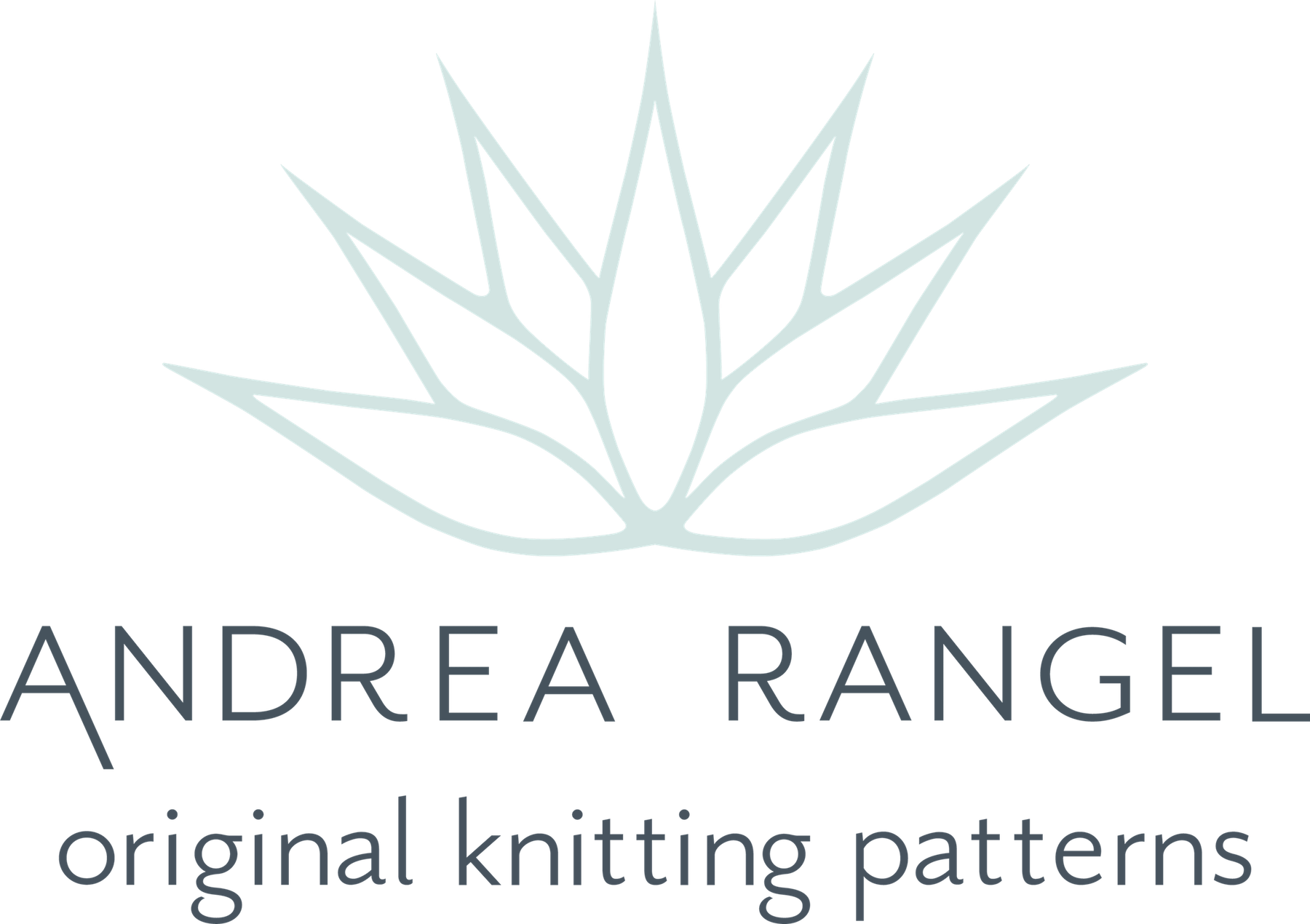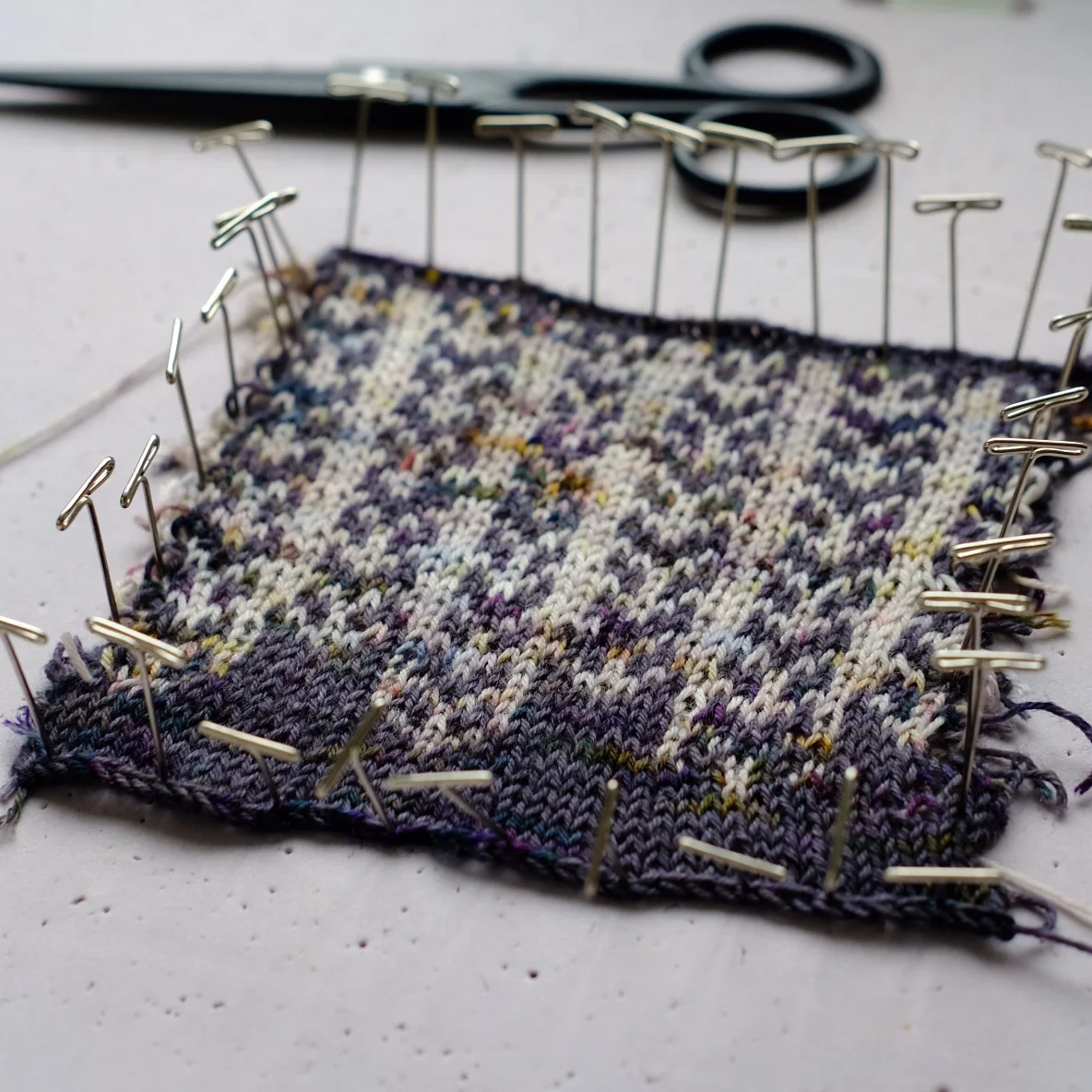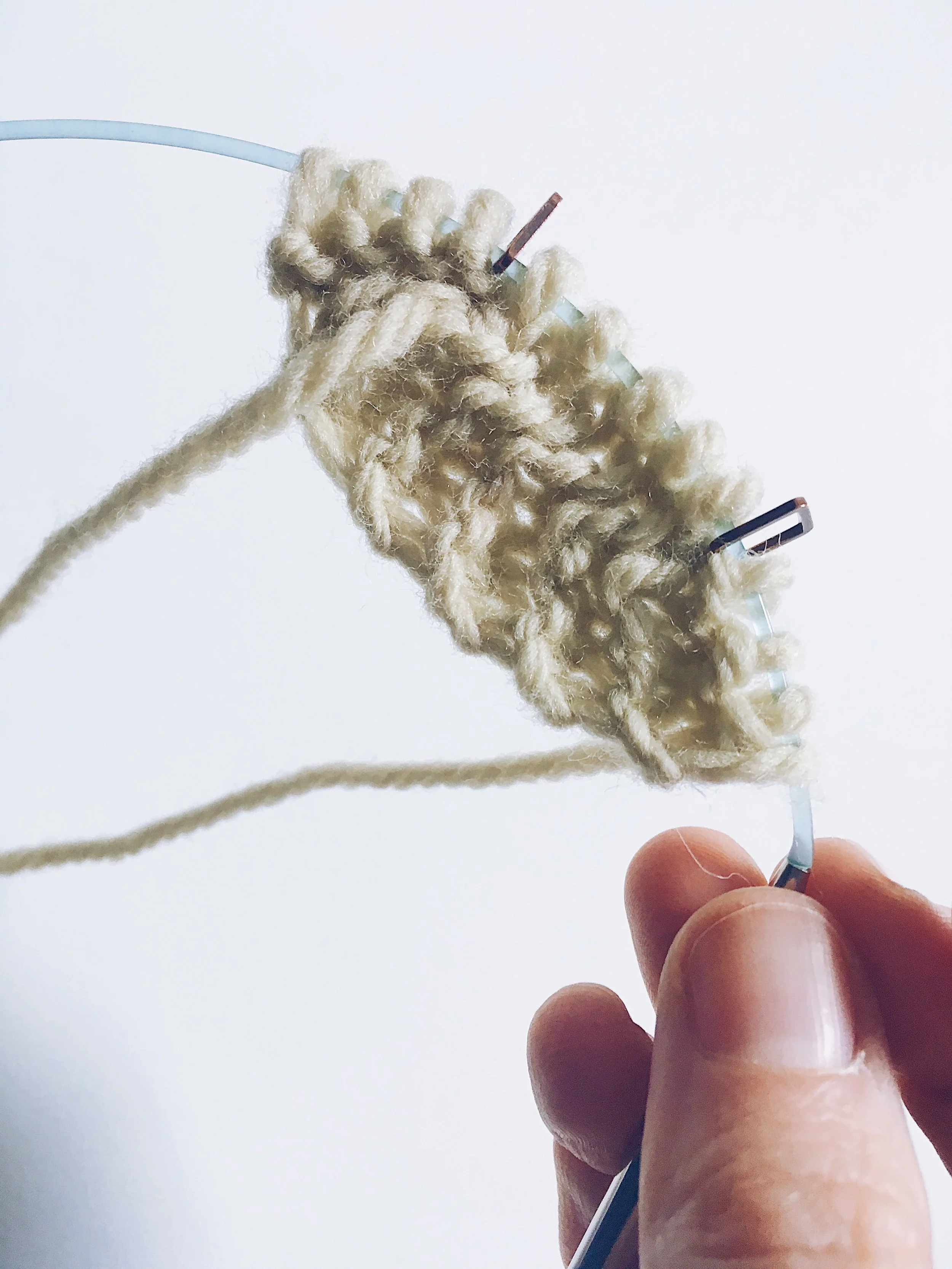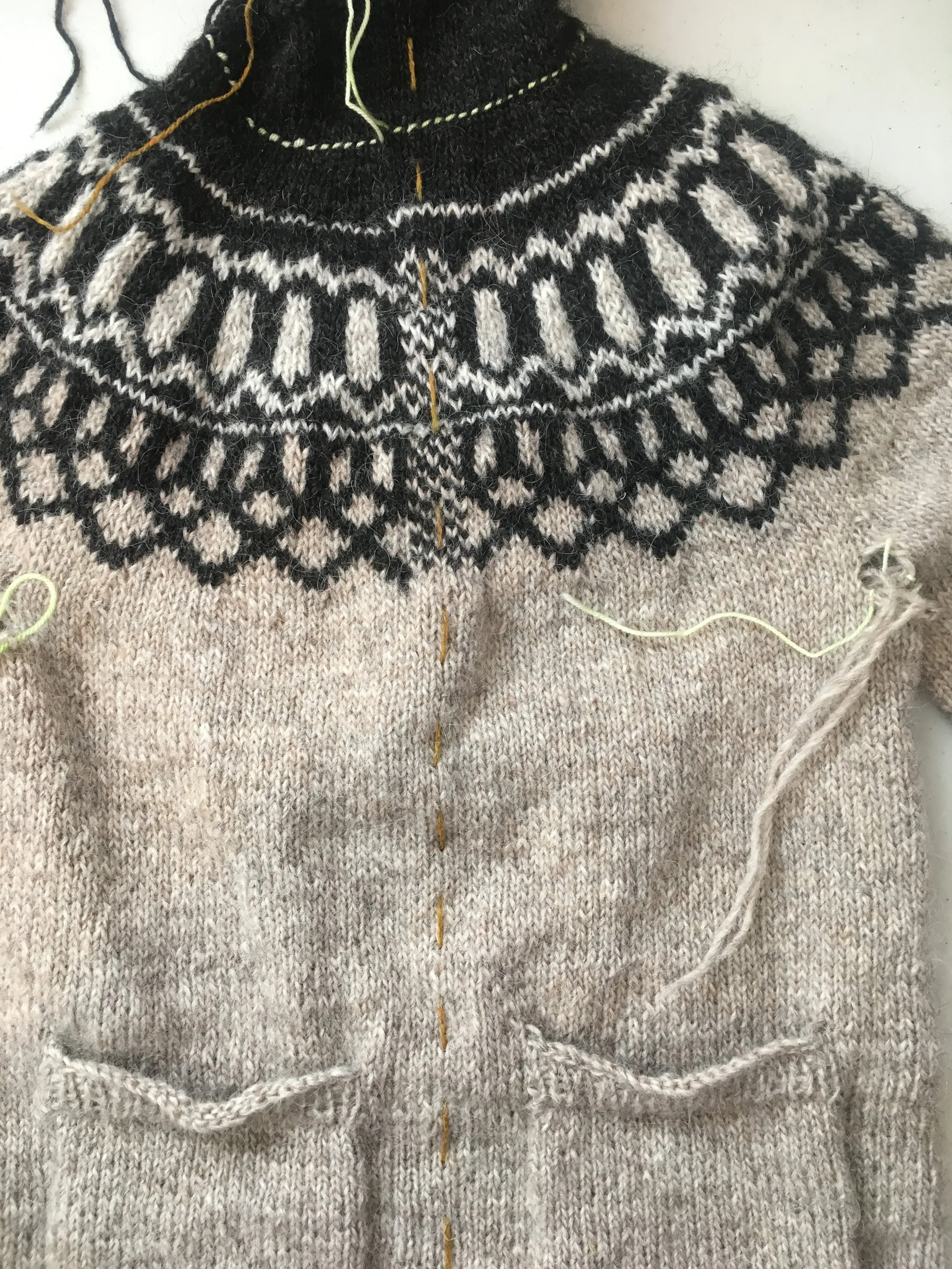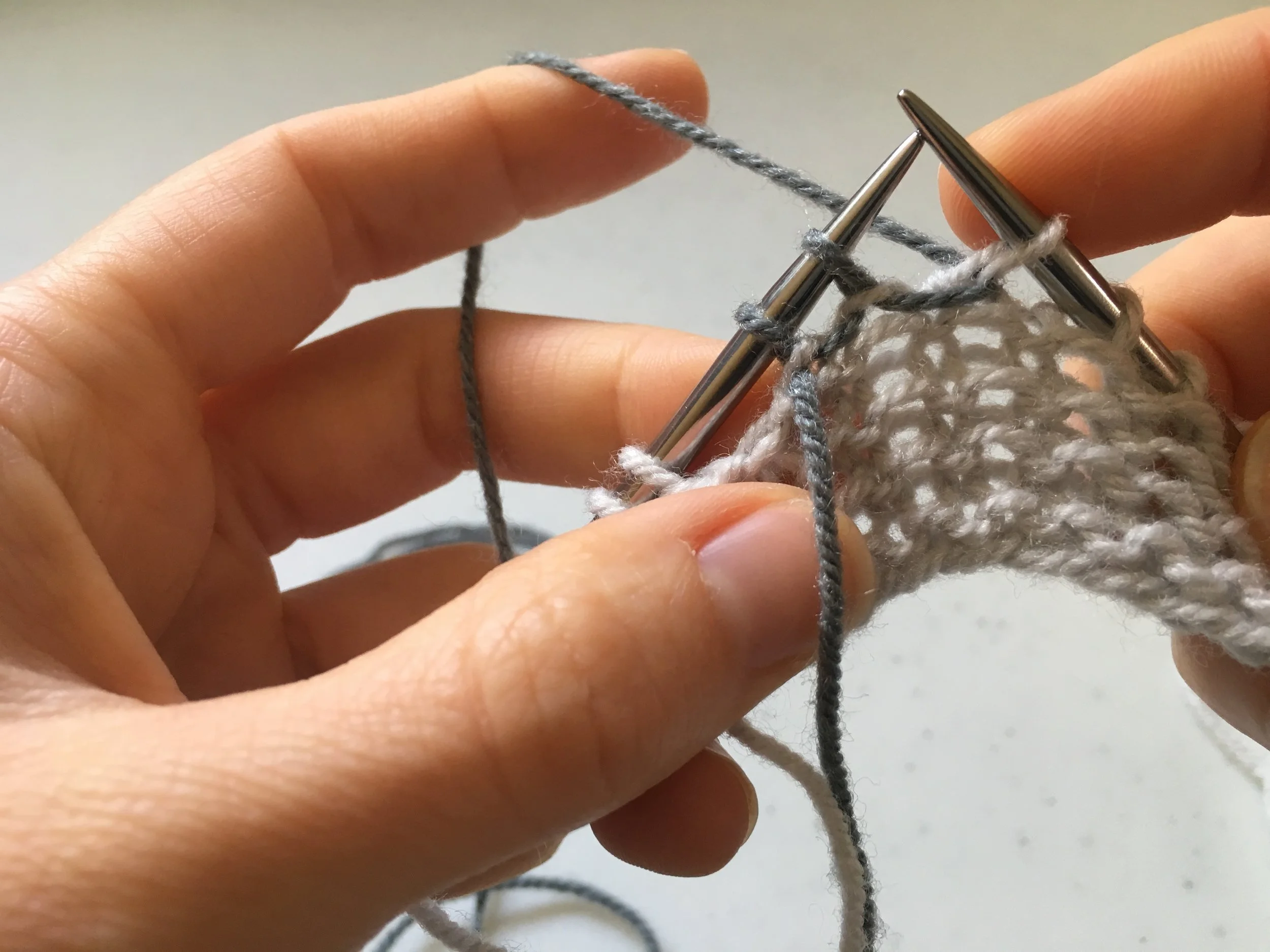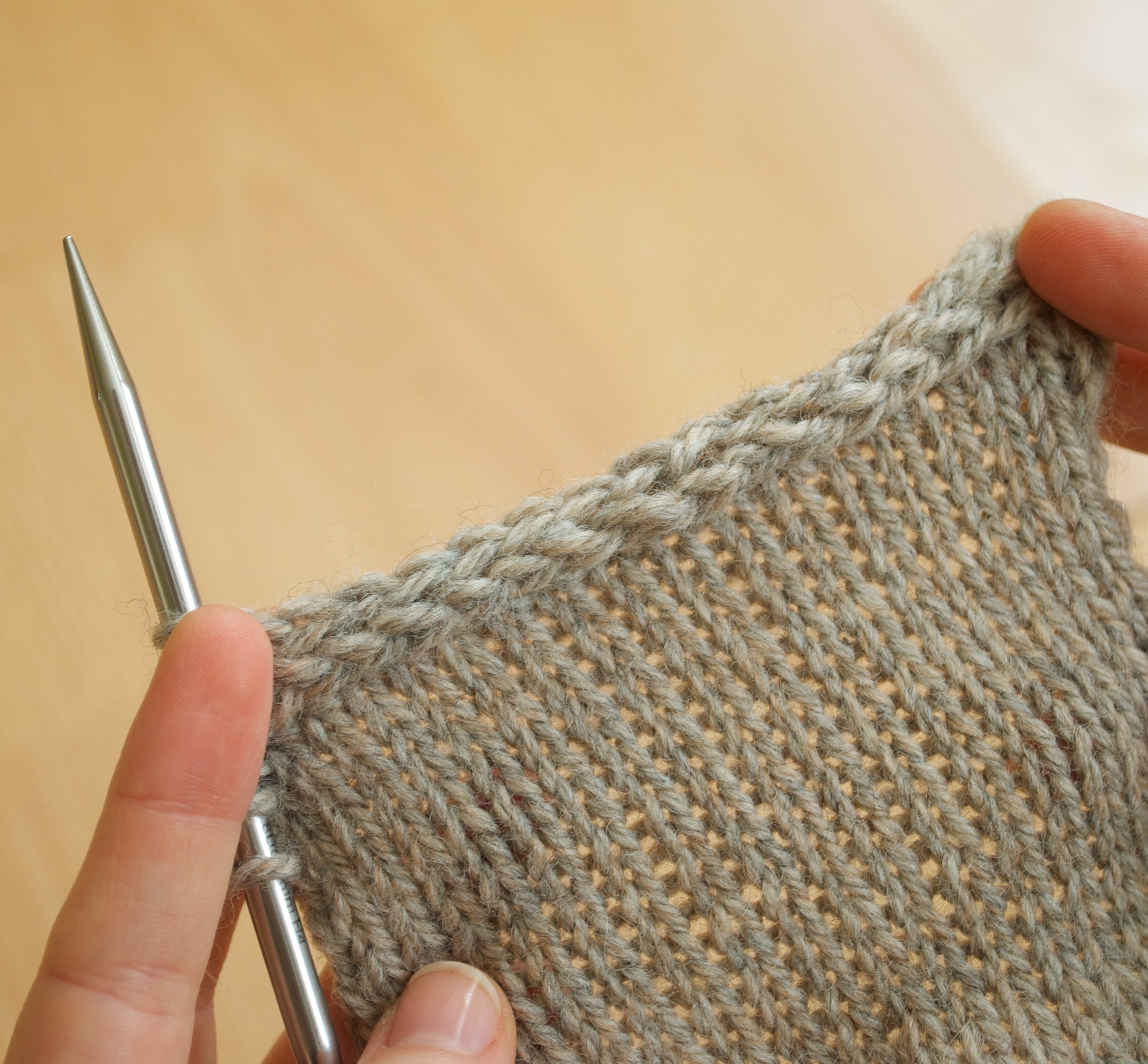A quick little video showing how to cable without a cable needle.
Read MoreA quick little video showing basic brioche using picking and throwing techniques.
Read MoreA video of how to work the brioche tubular cast-on method I used for my Gilwell cardigan pattern
Read MoreA video of how I knit colorwork with two hands and cut my swatch.
Read MoreThe garter tab is a great knitting technique to begin a shawl that'll be worked from the top-down and centre-out. Traditional triangle shawls, half pi shawls, and other shapes use this technique.
Read MoreKnit your own pirate hat! This is a quick demo of how to knit stranded colourwork with the Jolly Roger motif from AlterKnit Stitch Dictionary, using the free Scherer hat pattern.
Read MoreKnitting video tutorial of how I reinforce and cut the steek to open the front of my Woolen Explorer cardigan.
Read MoreTwo methods for swatching in the round.
Read MoreHow to work a simple stretchy bind-off.
Read MoreHow to pick up a dropped stitch with just your needles
Read MoreHow to catch wrap and turn in garter stitch short row shaping
Read MoreVideo showing how to button Halyard's collar for maximum cowl coziness.
Read MoreJudy's Magic Cast-On is a really useful technique for starting projects like toe-up socks.
Read MoreMattress Stitch is perfect for joining sweater pieces. It creates a neat, firm seam that adds support to a garment with a professional look.
Read MoreAn I-Cord Bind Off creates a beautiful, clean edge. It takes more yarn and time than a traditional bind off, so plan accordingly.
Read More3 Needle Bind-Off joins two sets of live stitches without seaming. This is really useful for joining sweater shoulders, as it leaves a rm, clean seam.
Read MoreThis bind-off was developed by Elizabeth Zimmermann as a very stretchy alternative to the traditional bind-off. Its appearance is very similar to a standard long-tail cast-on edge, so it’s useful if you want your edges to match. It’s also great for anything that needs to be able to stretch a lot, like snug sweater neck edges.
Read MoreA lifeline is useful for several purposes. It can be used to hold onto stitches if you're worried you may have to frog - many people use lifelines regularly when working large lace projects. They allow you to rip back to held stitches instead of being worried you may lose some stitches.
Read MoreA knitted-in hem provides a very clean and neat edging, and can be a perfect way to create an encased elastic waistband.
Read MoreCarefully remove a provisional cast-on in order to expose live stitches from your cast-on edge.
Read More